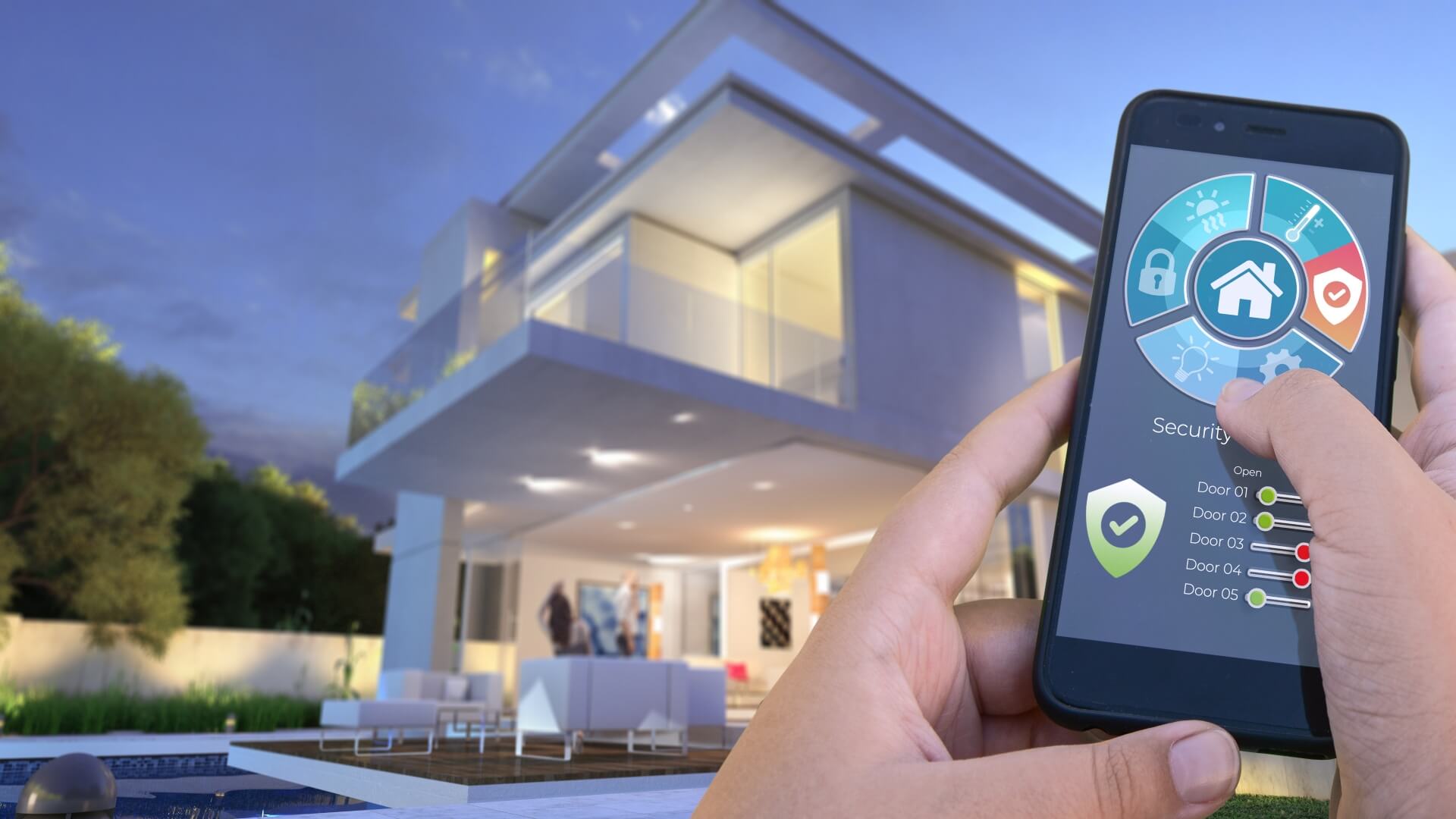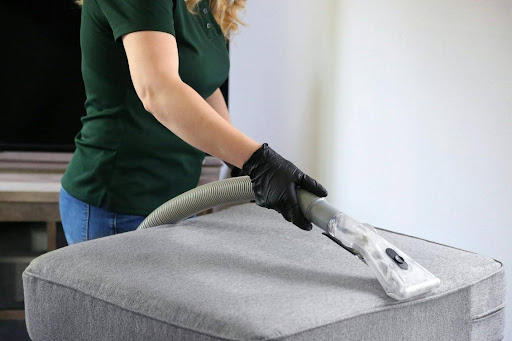If you’re in the business of constructing buildings that people are going to live in, then you have a special responsibility to ensure that they’re safe – or, at least, as safe as reasonably practicable. This means that they should be able to cope with the stress of day-to-day use and that hazardous utilities like gas and electricity are appropriately concealed.
Let’s take a look at a few of the factors that would-be homebuilders will need to consider.
Materials
Of course, the materials you build the home from will have a marked impact on how safe it is. For the most part, modern homes tend to be built using stud timber and plasterboard – at least, where the interior is concerned. This has the advantage of being easier to work with than bricks and mortar, while still being fire-retardant if you go for the right kind of plasterboard.
When considering the materials, however, you’ll need to think about factors like durability, affordability, and sustainability, too. Just, not at the expense of safety.
Choosing the right location
If you don’t build the home in the right location, then you’ll risk running into problems in the future. This is why a thorough survey of the proposed site is so essential. You’ll need your home to be able to survive a flood without the foundations being gradually washed away. Remember, this is a project that should ideally stand for decades or even centuries after everything has been wrapped up.
Planning for Disaster
While you might design your home in such a way to limit the likelihood of a fire, earthquake, or flood, it’s critical that you build them with the worst possible circumstances in mind. That way, when those extreme situations do arise, you’ll have a building that’s fit for the job.
In practice, this means keeping a clear escape route from every room in the home and making sure that there’s room for things like fire extinguishers. If you’re well acquainted with building regulations, you’ll know exactly what changes to make.
Testing
Once you’ve built the home, it’s vital that you run a few tests to ensure that it can cope with a real safety problem. This is something that usually applies to pre-existing buildings. You want to make sure that there’s no asbestos, lead paint, or other potential hazards. If these do turn up, then you’ll know that removing them is a key part of your upcoming project.
Site safety
Of course, as well as worrying about the level of safety in the home when it’s finally finished, you’ll also want to think about safety on site as the construction project is continuing. Naturally, it’s also critical that all site equipment be removed before the occupants actually move in!

































